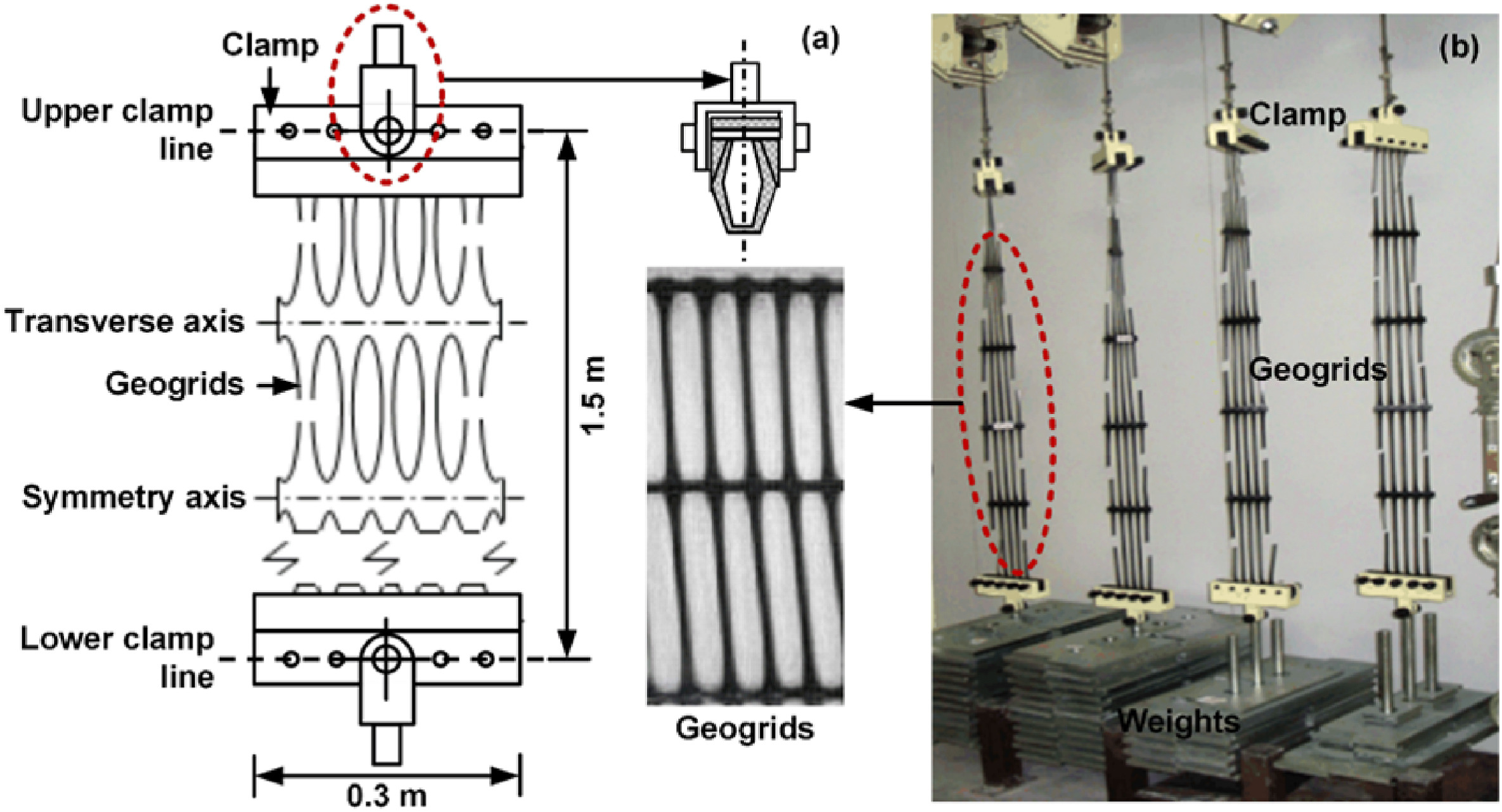JRMGE / Vol 16 / Issue 2
Analytical model for predicting time-dependent lateral deformation of geosynthetics-reinforced soil walls with modular block facing
Luqiang Ding, Chengzhi Xiao, Feilong Cui
Show More
School of Civil and Transportation Engineering, Hebei University of Technology, Tianjin, 300401, Chin
2024, 16(2): 711-725. doi:10.1016/j.jrmge.2023.04.021
Received: 2022-12-10 / Revised: 2023-04-14 / Accepted: 2023-04-26 / Available online: 2023-07-20
2024, 16(2): 711-725.
doi:10.1016/j.jrmge.2023.04.021
Received: 2022-12-10
Revised: 2023-04-14
Accepted: 2023-04-26
Available online: 2023-07-20
To date, few models are available in the literature to consider the creep behavior of geosynthetics when predicting the lateral deformation (δ) of geosynthetics-reinforced soil (GRS) retaining walls. In this study, a general hyperbolic creep model was first introduced to describe the long-term deformation of geosynthetics, which is a function of elapsed time and two empirical parameters a and b. The conventional creep tests with three different tensile loads (Pr) were conducted on two uniaxial geogrids to determine their creep behavior, as well as the a-Pr and b-Pr relationships. The test results show that increasing Pr accelerates the development of creep deformation for both geogrids. Meanwhile, a and b respectively show exponential and negatively linear relationships with Pr, which were confirmed by abundant experimental data available in other studies. Based on the above creep model and relationships, an accurate and reliable analytical model was then proposed for predicting the time-dependent δ of GRS walls with modular block facing, which was further validated using a relevant numerical investigation from the previous literature. Performance evaluation and comparison of the proposed model with six available prediction models were performed. Then a parametric study was carried out to evaluate the effects of wall height, vertical spacing of geogrids, unit weight and internal friction angle of backfills, and factor of safety against pullout on δ at the end of construction and 5 years afterwards. The findings show that the creep effect not only promotes δ but also raises the elevation of the maximum δ along the wall height. Finally, the limitations and application prospects of the proposed model were discussed and analyzed.
Keywords: Geosynthetics, Creep behavior, Geosynthetics-reinforced soil (GRS) walls, Lateral deformation, Analytical model
Article Data
Author(s) Information
Luqiang Ding

Luqiang Ding obtained his PhD at School of Civil Engineering, Wuhan University, China, in 2021. Since then, he has been working in School of Civil and Transportation Engineering, Hebei University of Technology, China. His research interests cover application of geosynthetics, laboratory testing, constitutive modeling, transportation geotechnics, unsaturated soil mechanics, etc.

